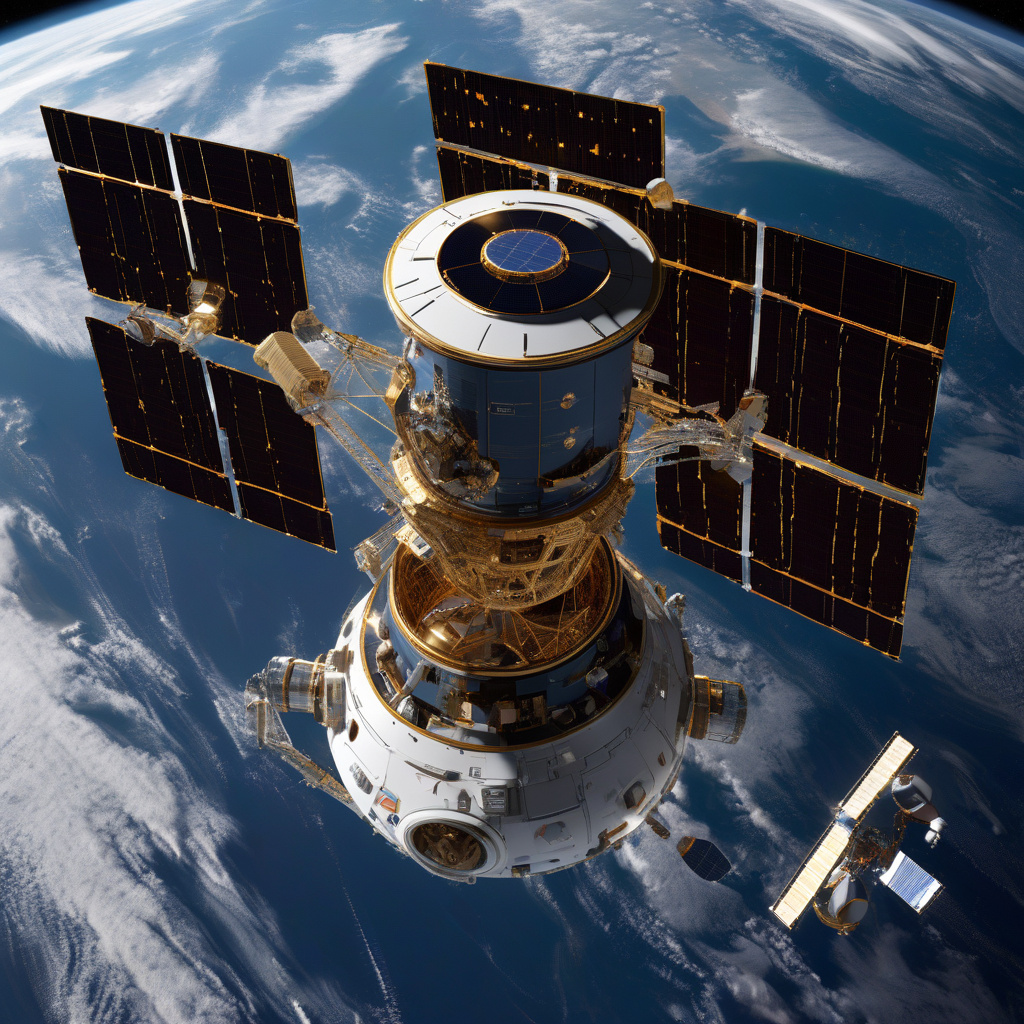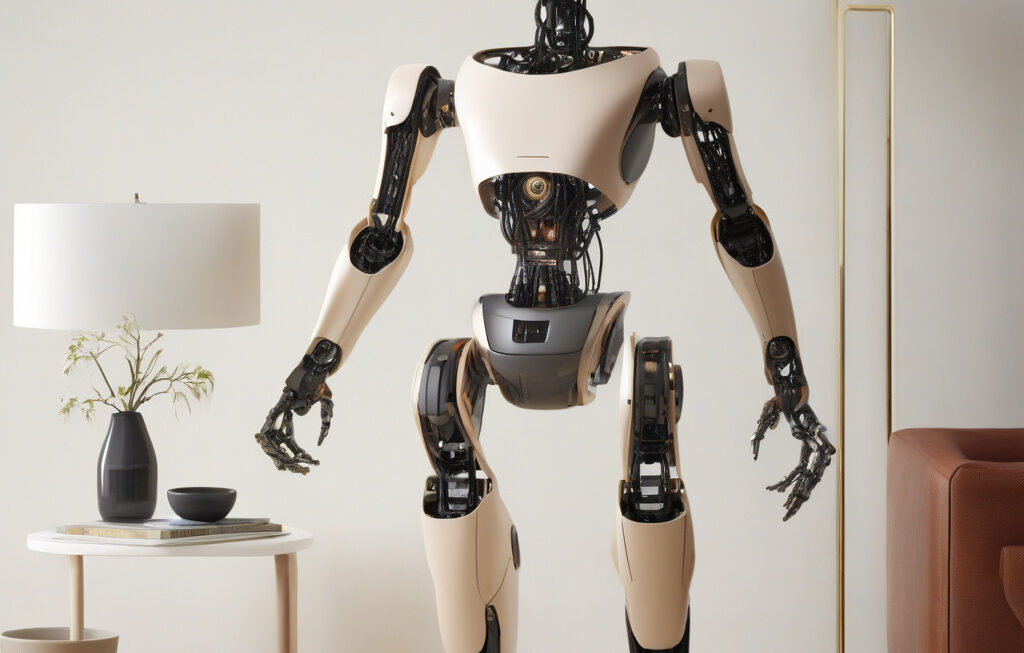NASA’s Autonomous Satellite Tilts, Thinks, and Targets Without Any Help from Earth
In a groundbreaking development, NASA recently achieved a significant milestone in space exploration by demonstrating the capabilities of an autonomous satellite that can tilt, think, and target specific points in space without the need for constant instructions from Earth. This remarkable feat marks the first time that artificial intelligence (AI) has been utilized onboard a satellite to spot, analyze data, and make decisions in under 90 seconds, showcasing the immense potential of autonomous systems in space missions.
The satellite, equipped with state-of-the-art AI technology, was able to independently identify target points of interest, assess the best course of action, and adjust its position accordingly, all within a minute and a half. This level of autonomy is unprecedented in satellite operations and opens up a new realm of possibilities for future space exploration endeavors.
The use of AI in space missions is a game-changer for several reasons. Firstly, it significantly reduces the reliance on ground control and human intervention, allowing satellites to operate more efficiently and make split-second decisions without the need for real-time communication with Earth. This autonomy is crucial for missions that involve long distances, such as deep space exploration, where communication delays can hinder the effectiveness of traditional control methods.
Moreover, autonomous satellites equipped with AI have the potential to revolutionize our understanding of the universe by enabling rapid data analysis and decision-making. By leveraging machine learning algorithms, these satellites can process vast amounts of data in real time, identify patterns, and make predictions that would be impossible for human operators to achieve within such tight timeframes.
The implications of this technological advancement extend beyond space exploration and have the potential to impact various industries here on Earth. The same AI capabilities that allow satellites to autonomously navigate space can be adapted for use in autonomous vehicles, drones, and other applications that require quick decision-making in dynamic environments.
Furthermore, NASA’s successful demonstration of autonomous satellite operations serves as a testament to the agency’s commitment to pushing the boundaries of innovation and embracing cutting-edge technologies to further our understanding of the cosmos. By harnessing the power of AI, NASA continues to lead the way in space exploration and inspire future generations of scientists, engineers, and innovators to dream big and reach for the stars.
As we look to the future of space exploration, the integration of AI into satellite operations holds immense promise for unlocking new discoveries, advancing scientific research, and expanding our horizons beyond what we thought was possible. With each new milestone, NASA brings us closer to a future where autonomous spacecraft roam the cosmos, charting new paths and unraveling the mysteries of the universe.
In conclusion, NASA’s achievement in developing an autonomous satellite capable of tilting, thinking, and targeting without assistance from Earth represents a significant leap forward in space exploration. By harnessing the power of AI, we are paving the way for a future where autonomous systems play a central role in advancing our understanding of the cosmos and pushing the boundaries of human knowledge.
NASA, satellite, AI, autonomy, space exploration












